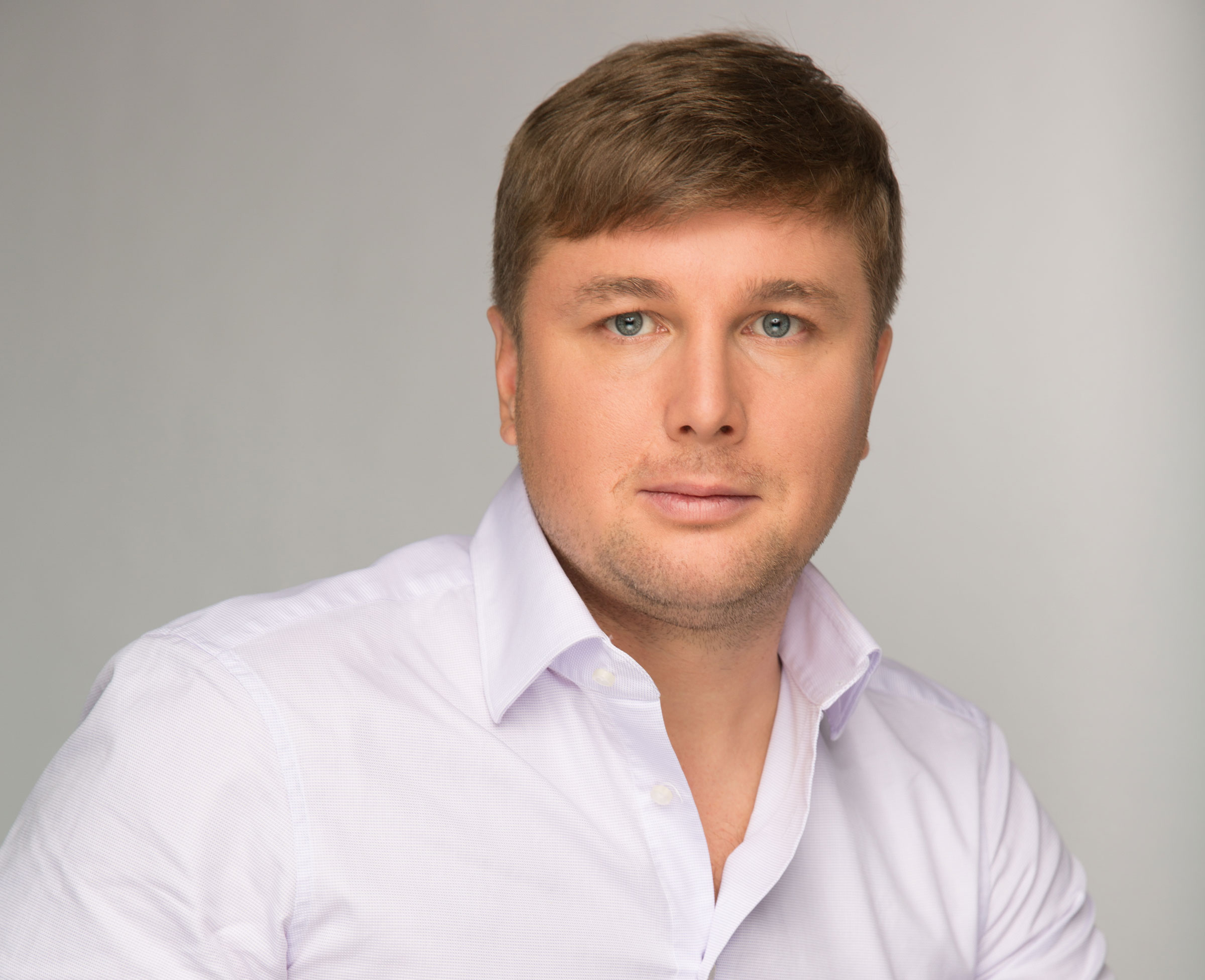Los Angeles, California, United States - 01-19-2023 (PR Distribution™) - 
Rustam Gilfanov, a Venture Partner at the LongeVC Fund shares his ideas.
Science and medicine develop today at great strides. But is it possible to create a computer model of a human body? Is this something the future holds for us?
In the very beginning of the confluence of medicine and IT technologies, computers were regarded only as an instrument to facilitate the processing of large masses of data. Now science community is thinking of (and working on) holding fully virtual research experiments. A virtual model of a human body would allow medics to create new drugs easier as well as make personalized drugs more available.
How are in silico experiments held?
The first mention of in silico (literally “in silicon”) experiments dates back to the 1990s. Today this term is used almost as often as in vivo (“within the living", i.e., experiments on whole living organisms) and in vitro (“in the glass”, i.e., experiments held in a test-tube artificial environment).
By the in silico experiments we mean putting certain parameters in the computer in order to recreate the results that would be obtained during a real experiment on an analyzed system. At present in silico research also includes predicting the behaviors of certain molecules, biochemical processes, and full physiological systems.
Special attention should be given to in silico modelling of individual molecules. In this case, a computer models the reaction of various molecular systems, for example, amino acid or nucleotide sequences. Not to be forgotten that computers are now indispensable to studying big masses of data (bioinformatics), just as they were in the beginning.
Digital twin startups
Another promising direction of in silico research is the creation of virtual models of individual patients. It gives scientists an opportunity to hold tests with rare phenotypes that are difficult to find for real-life trials. Also, this approach allows for comparing the efficacy of various treatments in a certain patient without spending too much time.
Recently a joint UK and the Netherlands research team under the management of Alejandro F. Frangi (the University of Leeds) successfully proved that a virtual model offered exactly the same results that conventional trials with real patients. The model in question analyzed the treatment of brain aneurysms with a flow-diverting stent applied to a sample of virtual anatomies available in clinical databases. Put more simply, a stent is a tube placed in the artery in order to reduce the blood flow, thus lowering the risks of rupture and ischemic stroke.
Another two projects — The Living Brain and The Living Heart — were created by Dassault Systemes (France) on the 3DExperience platform. After studying available information from patients and various studies, the scientists developed a virtual model of blood circulation that allows them to study different treatments. With the help of the Living Heart, they can create new medical gadgets, test the safety of drugs, and develop personalized surgical treatments.
The other project, Living Brain, helps study epilepsy and determine which parts of the brain are associated with seizures. By 2019 the results of this project were so good that the FDA prolongated its work with Dassault for another five years.
Could we create a full human digital twin?
So far virtual twin technology is only in its infancy. Some of its approaches are used for the creation of new drugs and certain types of personalized therapies. However, the same approaches are already widely applied in other spheres — in the construction, manufacturing, and automobile and aerospace industries. Engineers use them when designing new systems, managing exploitation and calculating possible equipment wear in real time.
Chinese scientists Lui, Zhang, Zhou, together with their colleagues in 2019 formulated the conditions for the creation of a virtual human twin. First, some kind of advanced modeling tool (SysML, Modelica, SolidWorks, 3DMAX, or AutoCAD) should be used. Second, the healthcare Internet of Things (IoT) and mobile connection should be employed for data feed in real time. Third, a model should be subject to routine calibrations. And the last one, the patient should receive the results of any activity applied to his twin model (e.g., diagnostics).
What is now obvious is that the creation of a virtual twin technology would undeniably lead to a medical revolution of our age. Personalized treatments, prevention of diseases and use of patient-specific therapeutic methods based on genetic, biological, phenotypical, physical, and psychosocial peculiarities would become a new medical breakthrough.
Weaknesses of the in silico technology
Currently, the level of technological advancement does not allow us to predict all possible influences of a newly created drug, so for the moment, computer-based research cannot completely take over real-life clinical trials. Thus, unfortunately, the amount of animal tests and time and investment consumption stays the same. Part of the problem is also the lack of trust to computer tests compared to more traditional approaches.
Yes, technological optimists stay very hopeful about the in silico research, but realists consider it very improbable that the technology would ever be able to model all the processes in a living cell. That would literally mean modelling life itself. For many people, this pragmatic approach to life is still something of the blasphemy towards nature.
Let’s assume that one day our technological level would allow us to decipher all the enigmas of the human body. Even with that, we would still need much more progressive methods of data collection and storage, not to mention the cost of medical devices. Until those are available to a wide market, no advancements can be made.
About the author
Written by Rustam Gilfanov, an investor, philanthropist, and a venture partner of the LongeVC fund.
Media Contacts:
Company Name: Blacklight
Full Name: Vlad
Phone: +7 499 340 33 83
Email Address: Send Email
Website: https://blacklight.ru
For the original news story, please visit https://www.prdistribution.com/news/a-virtual-model-of-a-human-science-fiction-or-future-how-do-we-do-in-silico-research/9473590.














